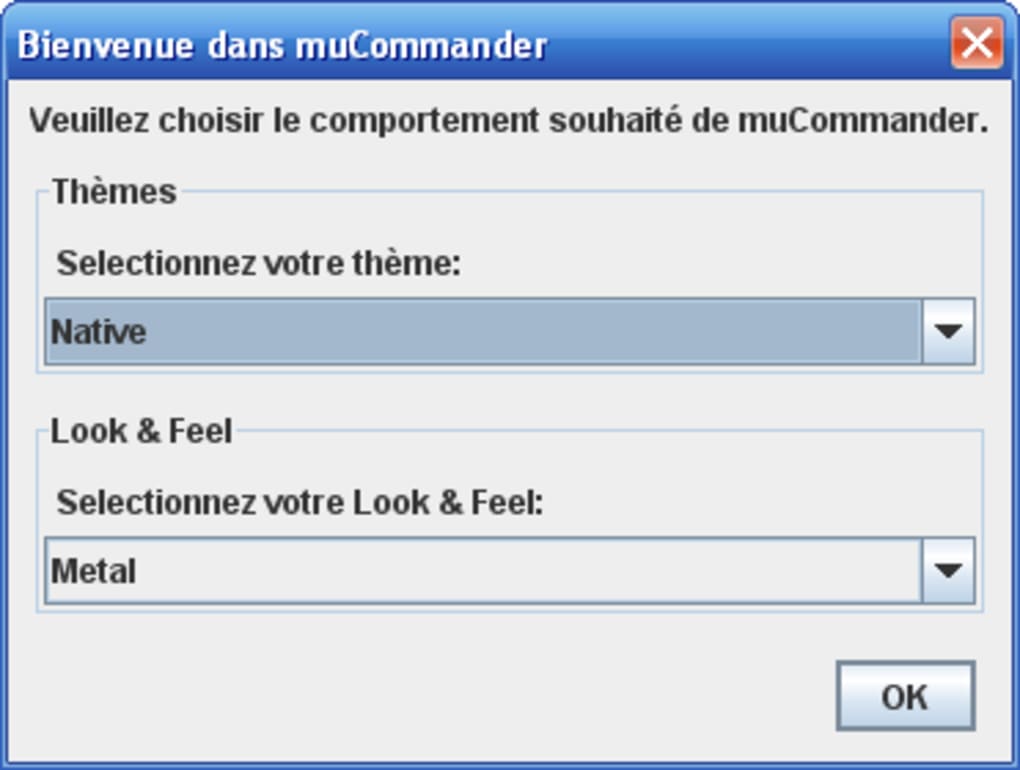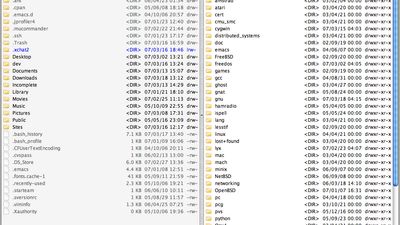
But, either way, once I re-established the connection, I was able to hit retry in muCommander and the process continued.Īnother problem associated with these kinds of large copying is associated to when things go wrong. I’m suspecting the computer was at fault. What the? As it turns out, the connection to the Lacie drive had been dropped. The most common error I got when copying the data, was “Error, can’t copy file X” or something to that affect. The main reason I like muCommander, is that it gives you options of what to do when things stop working. This is useless if you are copying terrabytes of data, and you don’t know where the files stop, what was copied, and what had the error, or why… It’s painful and is not the tool for the job. If it finds an error, it basically stops. One of the biggest problems with the OSX Finder program is that it can’t handle file errors very well when copying files. When you have lots of data to copy and transfer, you will find it’s going to take a long time. With so much data to back up, of videos, photos and audio, the Lacie drive is something I basically needed to prevent data failure. So, now on to our main point of the article. It seems that because it’s a network device, it just likes to drop out every 10 hours or something – something I’m going to investigate and look at to fix. With a few teething issues to sort through from it, I found that my biggest problems have been keeping the connection to the device alive. Just this week I made a purchase of a Lacie 5Big 2 on special at $369 to start using it as a permanent backup device. However, the project has been picked up again and forked: The muCommander project is basically dead now. There is one which is similar, but no-where near. However, if you are using Apple platforms, there aren’t too many options available like this that I’ve found with the same power and ability as Ztree.

You could and can run it in an emulated environment, but it’s not entirely optimal at times.


#Mucommander vs trolcommander windows
All this is great if you are using a Windows platform of some sort. There is a program written by an Australian called ZTree, which is almost identical in it’s use, look and feel, but with modern day architectures for handling larger files, and massive directory structures, utf8 files etc. One such product I highly miss on the GUI platforms we all use today is that of XTreeGold, and products like it. Why tell you this? Well, these DOS based systems were fantastic and very powerful in their ability to batch process things, find and locate things – all with the use of the keyboard. Having grown up with a computer in the house, I become very proficient with command based systems, from using the old Point and Shoot menu system to writing DOS batch files and other various things, in not only qbasic, but yes, even gw-basic, I was kind of nerdy.


 0 kommentar(er)
0 kommentar(er)
